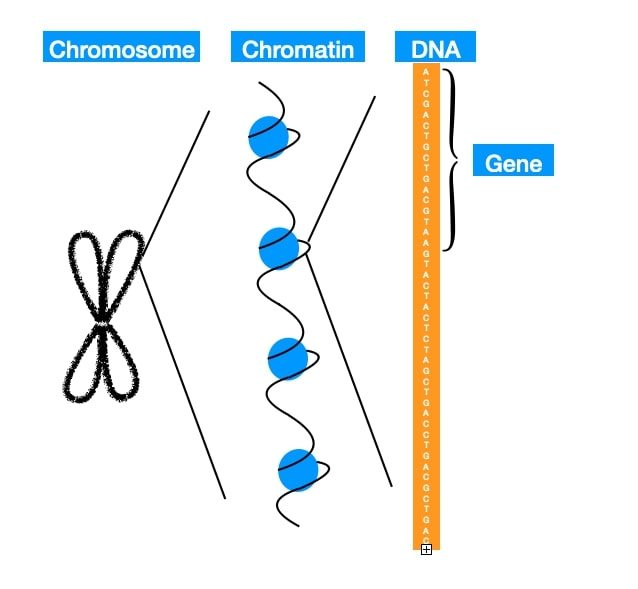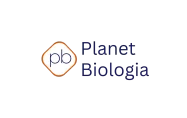A beginner in the life sciences get to hear about chromosomes, chromatids, genes, chromatin, DNA etc. All these terms appear to be similar and all of them are also related to genetic material of the living organisms on the earth. The usage of each term and their relevance to biology is often confusing.
We have seen in the article ‘How much diverse a genome is’ that each living organism requires a basic set of genetic material for growth and development. However, the molecules that hold all the information are so large that the cells need to compress these molecules in order to confine them in a limited space.
Different stages of cellular life cycle posses differently organised genetic material. Different terminologies like, chromosomes, chromatids, genes, chromatin, DNA exist depending upon the structural organisation and the function of the genetic material in the cell.
We will see the meaning of each term in detail in this article.
DNA (deoxyribonucleic acid)
Every living organism on the planet earth has deoxyribonucleic acid (DNA) or ribonucleic acid (RNA) as their genetic material. Each organism posses a set of unique DNA sequences and their size may go up to mega bases (Mb) per genome. DNA molecules contain special array of nucleotide base sequences that encode an information required for the synthesis of a particular peptide or RNA product and these special sequences are called as genes. Large number of genes are dispersed along the DNA. All the DNA molecules are contained in a chromosome, a highly organised structure made of DNA and nucleoproteins.
Chromosome
Chromosomes are made up of a long stretch of duplex DNA, representing an array of genes, compacted and packaged with associated proteins. In eukaryotic cells, every single chromosome contains one DNA molecule anchored at multiple points with large number of genes and coated with number of proteins.
Negatively charged DNA molecule are condensed by the binding of positively charged histone proteins. During meiosis and mitosis, chromosomes appear as highly condensed structures in order to ensure the proper segregation of chromosomes among the daughter cells. However, this condensed chromosomal structures are flexible and they can relax at the time of interphase and such structure is called as Chromatin.
Chromatin
A chromatin is defined as a tangled mass of fibrillar chromosome with lesser condensations which is most commonly found during the interphase of the cell cycle. There are two types of chromatins present in the eukaryotic cell at the interphase.
The region of the chromosome which is less densely packed and is available for different DNA binding protein (DBPs) molecules like RNA polymerases, is called as euchromatin. Euchromatin contains higher density of the actively transcribed genes. There is some portion of the euchromatin which can interchange to become more densely packed at times and turn heterochromatic, which is called as facultative heterochromatin. This phenomenon is an important part of the regulatory molecular pathways which require temporary specific gene silencing.
The structure which is devoid of coding sequences and remains as highly condensed fraction of the chromosome is called as heterochromatin. Dense packaging of the DNA in this region restrict the interaction between DNA and various DNA binding proteins. Constitutive heterochromatin almost always remain densely packed and is always replicated late in the S-phase. Because it is always densely packed, chances of genetic recombination in this region are very rare.
Chromatids
Sister chromatids can be defined as the structure formed after duplication of chromosome where both the copies of chromosomes are bound together and separate during mitosis. Two homologous chromosomes form four copies of the chromatids (sister chromatids of two homologous chromosomes) that stay attached together and seen at the beginning of meiosis.
Gene
Genome of each organism is divided into genes, which codes for a specific RNA product and in most of the cases, a polypeptide. Inheritance of the specific traits is displayed by the set of specific genes, transferred to the progeny from the parents. Every gene behaves as a discrete genetic unit and is transcribed independently resulting into a single or more peptides.
The unique sequence of each peptide can be changed during the process of mutagenesis. Gene is also called as cistron. The genes present on each chromosome have their specific position which is called as genetic locus. The locus, many times contain more than one genes and they can segregate with one another.


